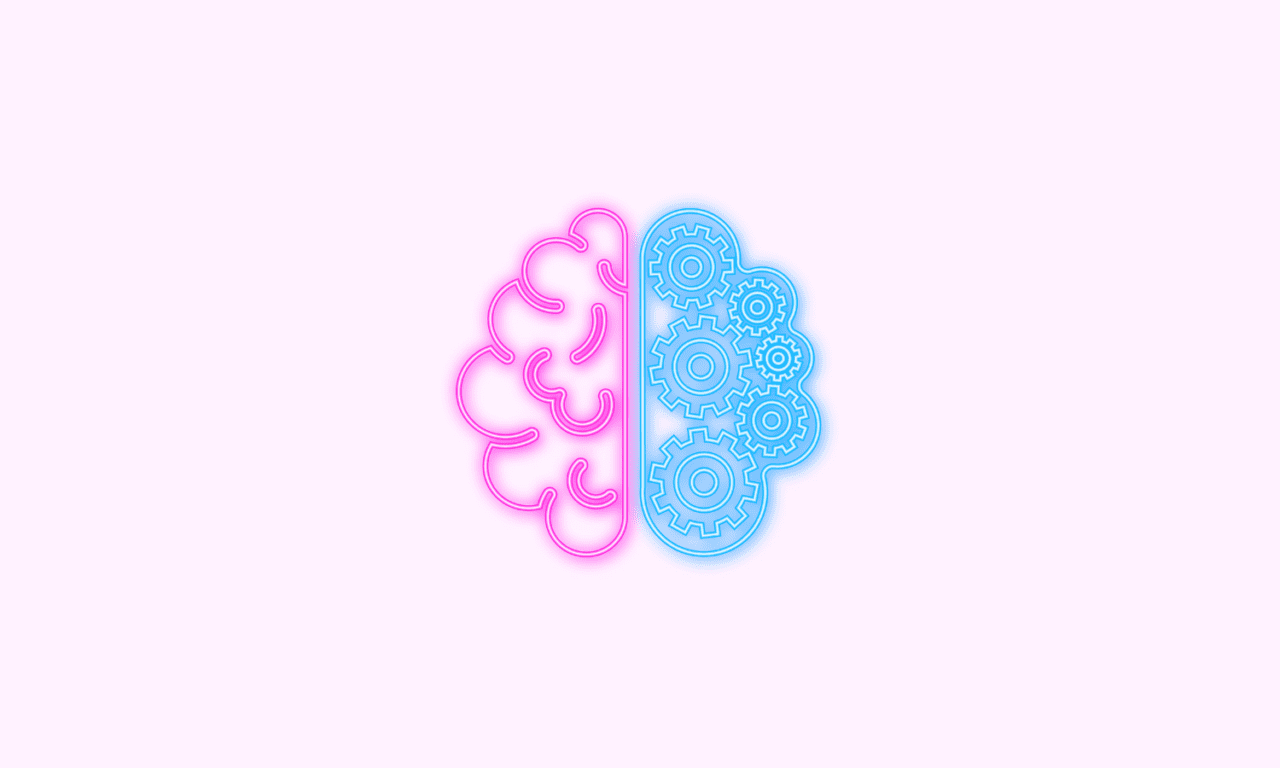Matrescence: new study confirms changes in mothers’ brains

Pregnancy, childbirth and the postpartum period are processes that involve a wide variety of hormonal, immune and environmental changes. And now new work, published in the journal Nature Neuroscience, goes one step further, identifying that they too are characterized by different mechanisms of neuroplasticity.
So, The mother’s brain undergoes anatomical changes from the start of pregnancy, and they appeared again after childbirth. This knowledge can help prevent and treat pathologies such as postpartum depression, which affects one in five women.
The study, conducted by researchers at Gregorio Marañon Hospital led by Susana Carmona, Maria Paternina-Die and Magdalena Martinez, compared the brains of 110 women in the third trimester of their first pregnancy with the brains of women who had never been pregnant.
The results confirm that the former’s brain was already anatomically very different from that of a non-pregnant woman even before the baby was born.
“We tested something that all mothers already knew, but no one had started to analyze it,” explains Carmona, who works in the neuromaternal research unit of a Madrid hospital and is collaborating on the project. Be a mother from the Autonomous University of Barcelona.
“When we compare brains we saw that many brain networks had changed. Processes such as self-reflection and empathy involve not only the so-called default neural network, which is activated when the mind is at rest and deactivated when we perform tasks that require attention; and care-related regions,” he adds.
As the postpartum period progresses, some brain changes caused by pregnancy are reversed, but others are not.
The researchers re-examined all participants a month after birth and observed that as the postpartum period progressed, some pregnancy-induced brain changes reversed, but others did not.
“We saw that those that affect the neural networks responsible for attention tend to quickly return to their pre-pregnancy state after childbirth, but those that affect the default neural network do not return easily, but persist with over time and are likely to remain constant throughout life. “Carmona continues.
What role does delivery type play?
Although the study was not designed to assess type of birth, some women gave birth by vaginal delivery, others by emergency caesarean section, and still others by planned caesarean section.
“When we compare three groups We saw that mothers who gave birth by elective Caesarean section had different changes in the brain. of those who went into labor, whether it ended in a vaginal birth or a cesarean section,” says Carmona. “This suggests that labor, regardless of how it ends, influences maternal neuroplasticity.”
Experts also confirmed that The more anxiety a mother experiences during pregnancy, the worse she will experience childbirth.. “And a worse birth experience is associated with more stress in the postpartum period, which in turn is associated with more depressive symptoms and poorer bonding with the baby,” the researcher points out.
What the team still doesn’t know is what’s behind these changes, so they will continue to work on this and other goals in future studies. Of course, the success of such studies largely depends on finding sufficient and suitable samples.
“These are all results that need to be replicated in larger samples and are sometimes difficult to find. The first study we did took almost 10 years to publish because it was difficult to contact participants,” Carmona lamented.
Long term goals
Some of the questions that will be asked in future studies will be related to what happens in the second pregnancy or in adoptive mothers, because although they do not have changes during pregnancy or birth, they do have changes caused by interaction with the child. . . They also want to further analyze the duration of these changes.
“We also don’t know what happens at the cellular level, although we have many hypotheses.”says Carmona. “Ultimately, on MRI we see changes in the gray matter, but there may be other types of cells, such as neurons, glia or astrocytes.”
“Additionally, we are unclear whether it is just hormonal related or whether it may be influenced by all the immune system adaptations that pregnancy entails. And we also have immune cells in the brain,” he notes.
What about parents? “We’ve done some studies with fathers and there are changes, but they are smaller than in mothers and more variable. I think they will also depend on the relationship with the baby,” he notes.
Matrescence yes, mommy brain no
Matrescence, defined by American anthropologist Dana Louise Raphael in the 1970s, refers to the profound transformation that motherhood entails. Although it has fallen somewhat into disuse, the term has been revived by psychologists such as Aurelia Atan or psychiatrists such as Alexandra Sachs.
Matrescence signifies the profound transformation that motherhood entails.
In fact, an article published in 2023 in JAMA Neurology explained the need to change the history of what is commonly called mommy brain or “mom brain,” which gives its name to the memory loss and brain fog that affects so many pregnant and postpartum women and carries them into adulthood.
“The idea that motherhood suffers from memory deficits and is characterized by the brain no longer functioning properly is not scientifically true.”say its authors, three researchers from the Universities of New York, California and Rennes, who emphasize the pejorative nature of the term.
“It’s time to rename the mother brain and reflect the adaptation of the female brain to the remarkable feat of parenting. To do this, we must continue to focus our research on understanding the set of neural adaptations that accompany motherhood and give this organ the attention it deserves,” they conclude.
This article was originally published in SINC. Read the original at this link.